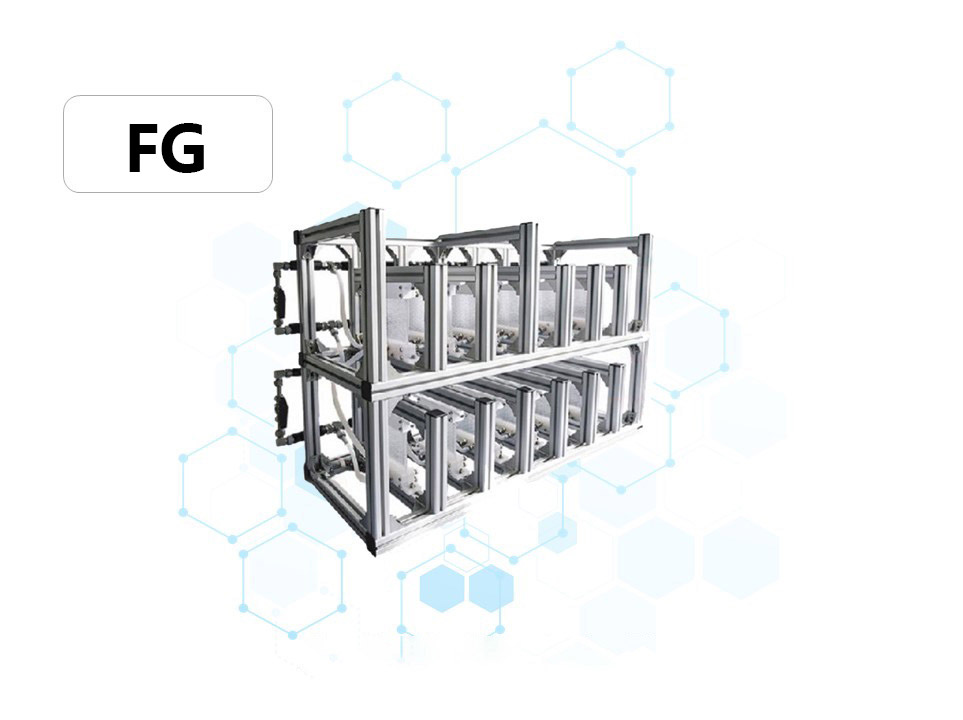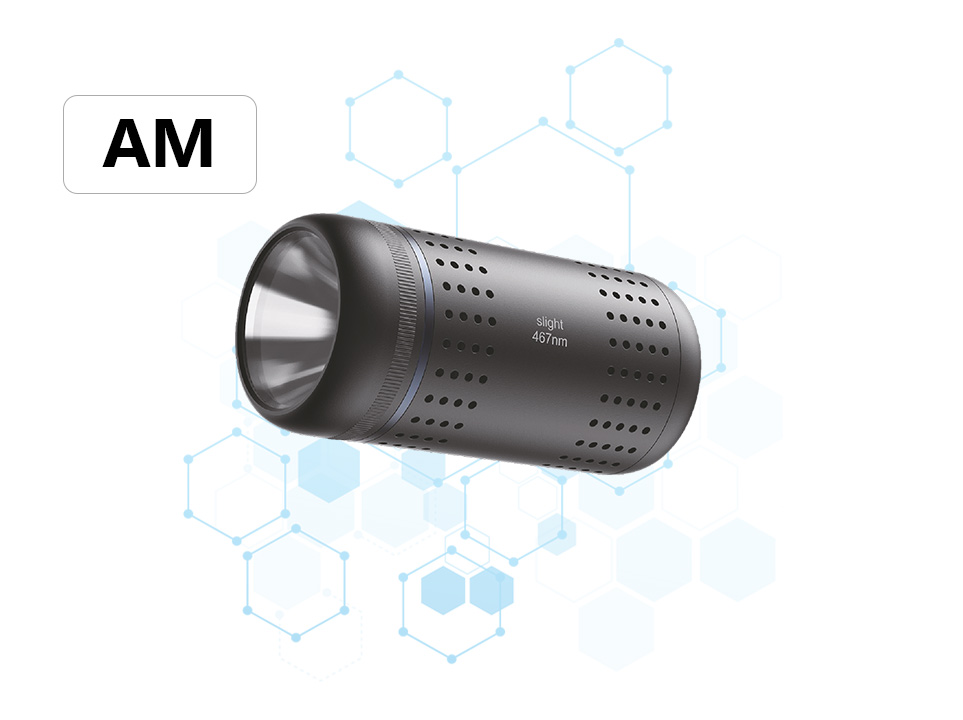Continuous Flow Photoreactor Applications: Transforming Industries with Light-driven Efficiency

Continuous flow photoreactors are revolutionizing chemical synthesis by combining precise light control with continuous flow technology. These systems offer unparalleled efficiency, safety, and sustainability across diverse industries, enabling rapid, scalable, and environmentally friendly chemical transformations.
Enhanced Reaction Control: Narrow channels and high surface-to-volume ratios ensure uniform light penetration and rapid heat/mass transfer, minimizing side reactions.
Scalability: Modular designs allow seamless scale-up from lab to industrial production, maintaining consistent results.
Energy Efficiency: LED-based systems reduce energy consumption and waste compared to traditional batch reactors.
Safety: Continuous flow eliminates batch-to-batch variability and reduces risks associated with thermal runaway or hazardous intermediates.
Pharmaceuticals & Fine Chemicals
Drug Synthesis: Enabling rapid access to complex molecules through photochemical steps (e.g., asymmetric synthesis, ring closures).
API Development: Enhancing purity and yield in active pharmaceutical ingredient production.
Example: Continuous flow synthesis of antimalarial drug precursors with >95% yield.Materials Science
Polymerization: UV-initiated synthesis of high-performance polymers (e.g., photolithography resins, coatings).
Nanostructures: Precise fabrication of quantum dots, graphene derivatives, and photonic materials.
Example: Scalable production of OLED materials using visible-light photoredox catalysis.Environmental Remediation
Water Treatment: Decomposing organic pollutants (e.g., PCBs, pesticides) via photocatalytic oxidation.
Air Purification:degrade VOCs using UV-activated heterogeneous catalysts.
Example: Pilot plant removing 99% of pharmaceutical residues from wastewater within 30 minutes.Renewable Energy
Solar Cell Materials: Fabricating perovskite precursors and dye-sensitized electrodes.
Green Hydrogen: Photoelectrochemical splitting of water using continuous flow reactors.
Example: Lab-to-pilot scale production of solar absorbers with 20% efficiency gain.Academic Research
High-Throughput Screening: Accelerating reaction optimization and catalyst discovery.
Kinetic Studies: Real-time monitoring of photochemical kinetics using inline spectroscopy.
As LED technology advances and reactor designs become more compact, continuous flow photoreactors are poised to:
Replace energy-intensive batch processes in specialty chemicals.
Enable decentralized production of high-value materials.
Drive sustainable manufacturing in emerging industries like biopharmaceuticals and circular economy technologies.
By harnessing the power of light in a continuous flow format, photoreactors are unlocking new frontiers in chemistry, sustainability, and productivity. Whether in the lab or on the factory floor, these systems offer a transformative path toward greener, faster, and smarter chemical manufacturing.





